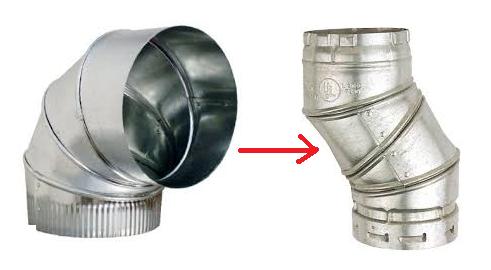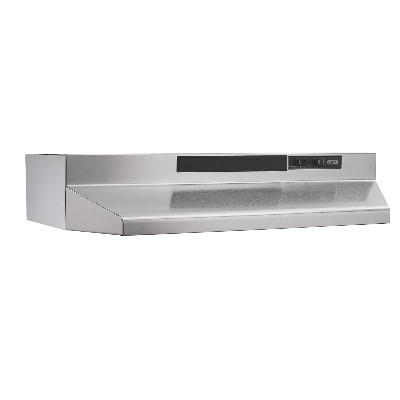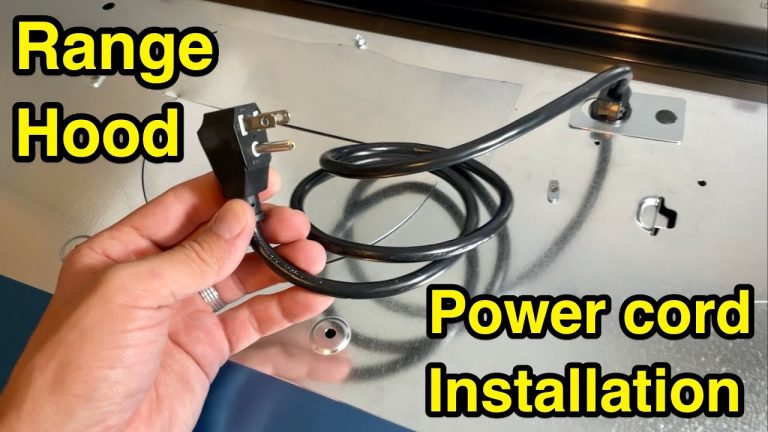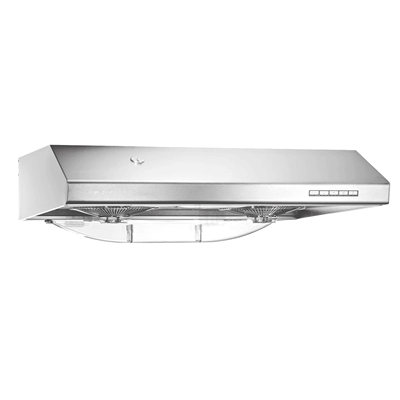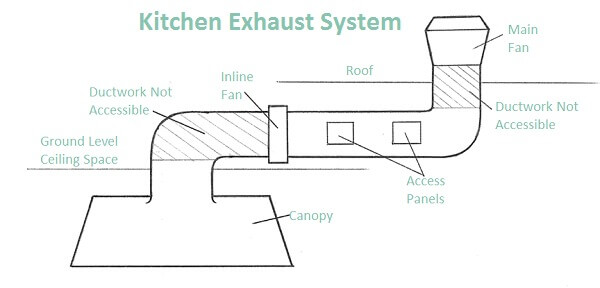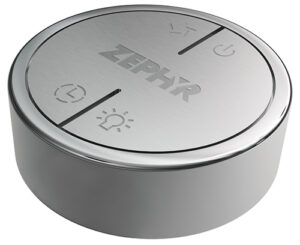The maximum distance for a range hood vent typically ranges from 25 to 30 feet. This distance can vary based on the type of ducting used and the specific range hood model.
Proper ventilation is crucial for maintaining a healthy kitchen environment. A range hood helps eliminate smoke, odors, and excess moisture during cooking. Understanding the maximum distance for venting ensures your range hood operates efficiently. Long duct runs can reduce airflow, leading to poor performance.
Factors like the size of the duct and the number of bends also play a role. Homeowners should consult the manufacturer’s specifications for optimal installation. Planning the layout carefully enhances both functionality and safety in the kitchen. A well-ventilated space improves air quality, making cooking more enjoyable and comfortable.
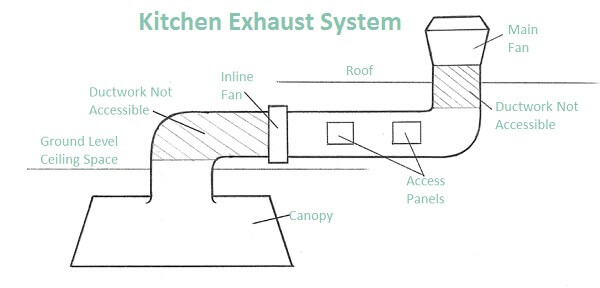
Credit: kitchen.services
Introduction To Range Hood Ventilation
Proper venting is crucial for a range hood. It helps remove smoke, heat, and odors from the kitchen. Without good ventilation, air quality can decline.
Range hoods work by pulling air through a filter. This air is then either recirculated or vented outside. Choosing the right venting system can greatly improve kitchen comfort.
| Benefits of Proper Venting | Impact on Home |
|---|---|
| Removes smoke and odors | Improved air quality |
| Reduces heat buildup | More comfortable cooking space |
| Minimizes moisture | Prevents mold growth |
Factors Affecting Range Hood Vent Distance
Ductwork plays a crucial role in the performance of your range hood. The diameter of the duct affects airflow. A larger diameter allows better air movement.
Length of the duct is also important. Shorter ducts help maintain strong airflow. Use the shortest route possible for the ductwork.
Consider the number of turns in the duct. Each turn reduces airflow and efficiency. Fewer bends lead to better performance.
Type of range hood also impacts vent distance. Ducted hoods require different setups than ductless models. Choosing the right type ensures effective ventilation.
Standard Distance Guidelines For Range Hoods
The standard distance for range hoods varies by model. Most range hoods require a minimum height of 24 inches above the cooking surface. Some units may need up to 36 inches for optimal performance.
Check the manufacturer’s guidelines for specific measurements. This helps ensure the hood works well. Models designed for high heat often need more space.
| Model Type | Recommended Height (inches) |
|---|---|
| Standard Range Hood | 24-30 |
| High-Performance Hood | 30-36 |
| Wall-Mounted Hood | 30-36 |
Calculating The Maximum Vent Distance
To calculate the maximum vent distance, consider the total length of the ductwork. Measure the straight sections first. Each elbow or turn adds resistance. This can reduce the effective distance.
Follow these steps for accurate calculation:
- Measure all straight duct lengths.
- Count the number of elbows and turns.
- Each elbow typically adds 5 feet of equivalent duct length.
| Component | Distance Added |
|---|---|
| Straight duct (per foot) | 1 foot |
| 90° elbow | 5 feet |
| 45° elbow | 2.5 feet |
Keep these points in mind for effective venting. Proper calculations ensure optimal performance of your range hood.
Materials And Installation Impact On Distance
Choosing the right materials for ducting affects the maximum distance for your range hood. Use smooth metal ducts for better airflow. They reduce resistance and make your system more efficient. Avoid flexible ducts as they can cause airflow problems.
For proper installation, keep duct runs as short as possible. Use the fewest bends to maintain airflow. Seal all joints with duct tape or mastic to prevent leaks. Ensure the duct is properly supported to avoid sagging. Regular maintenance helps keep the system efficient.
Mitigating Long Venting Challenges
Ventilation can be tough with long runs. Booster fans help push air effectively. They add extra power to your range hood. Choose a fan rated for your specific hood model.
Some alternative solutions include using shorter duct runs. This reduces resistance and improves airflow. Make sure to use smooth ducting materials. Avoid sharp turns, as they can slow down airflow.
| Solution | Description |
|---|---|
| Booster Fans | Adds power to the vent system. |
| Shorter Duct Runs | Improves airflow by reducing resistance. |
| Smooth Ducting | Helps air flow easily without obstruction. |
| Avoid Sharp Turns | Minimizes airflow reduction in the system. |
Maintaining Efficiency With Long Vent Runs
Regular cleaning and maintenance are vital for efficient range hood performance. Grease and dirt can build up over time. This buildup reduces airflow and makes your hood less effective. Clean the filters at least once a month. Use warm, soapy water or a dishwasher for easy cleaning.
Monitoring performance is essential for long vent runs. Check the airflow regularly to ensure it is strong. A weak airflow may indicate a blockage or maintenance need. Look for unusual noises or smells. These could signal problems that need attention. Keeping an eye on performance helps maintain efficiency.
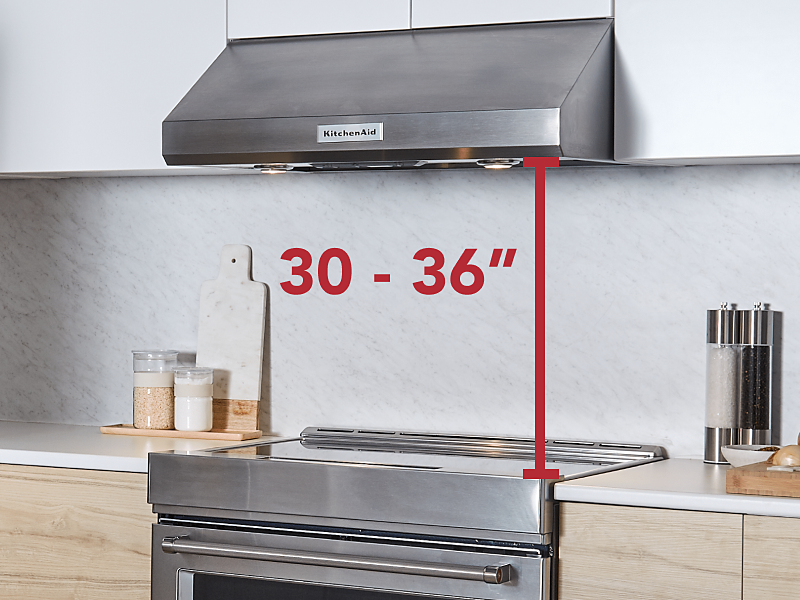
Credit: www.kitchenaid.com
Adhering To Building Codes And Regulations
Building codes and regulations vary by location. Understanding these rules is essential for safety. Each area has specific requirements for range hood vent installation. These codes help ensure proper ventilation and air quality.
Local building codes often include details on maximum distances for venting. Common distances range from 10 to 25 feet. Factors like roof height and duct size can affect this distance.
Check with local authorities before starting your project. They provide the most accurate information. Compliance with these codes can prevent costly mistakes and safety hazards.
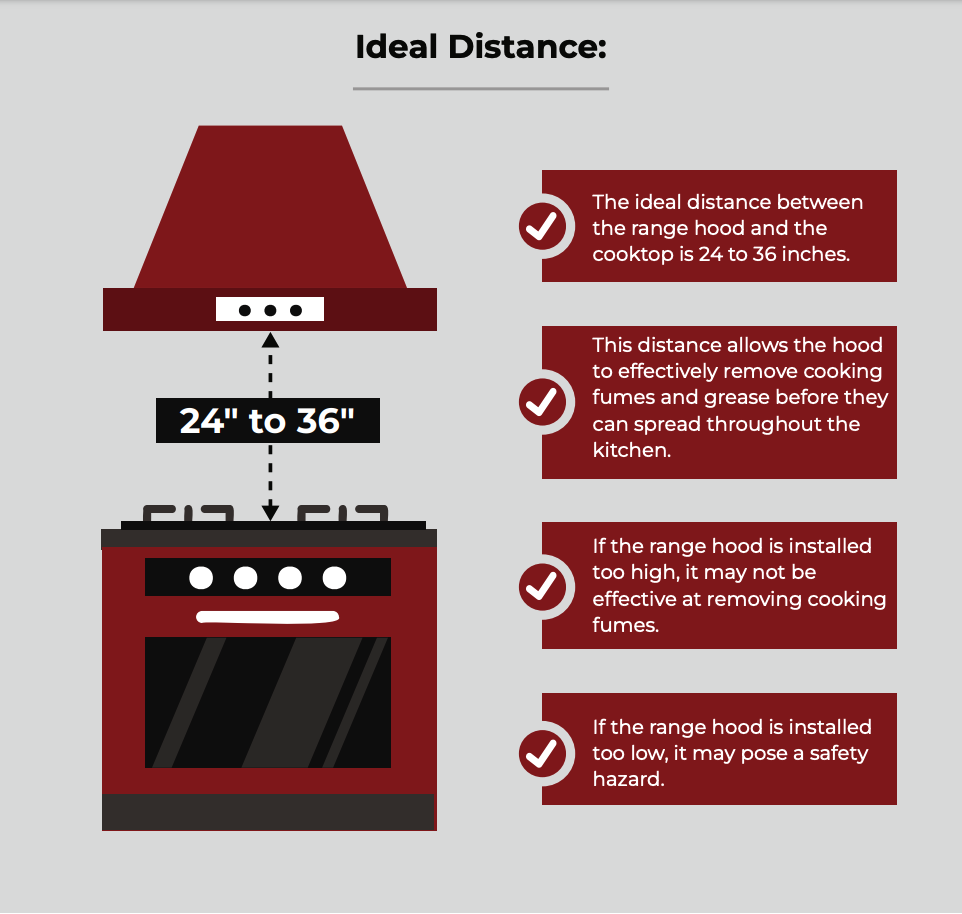
Credit: www.worldcoppersmith.com
Frequently Asked Questions
What Is The Maximum Distance For A Range Hood Vent?
The maximum distance for a range hood vent typically ranges from 25 to 30 feet. This distance can vary based on the type of duct used. For optimal performance, aim for shorter runs. Longer distances may reduce airflow and efficiency, impacting your cooking environment.
How To Calculate Range Hood Vent Distance?
To calculate the vent distance, measure the duct length and include any bends. Each elbow adds to the overall distance. Use a duct calculator or consult the manufacturer’s guidelines. This ensures your range hood operates efficiently, maximizing both suction and airflow for better kitchen ventilation.
Can I Extend My Range Hood Vent?
Yes, you can extend your range hood vent, but consider the limitations. Extended ducts can reduce airflow and efficiency. It’s essential to use the right duct size and material. Always follow local building codes and manufacturer recommendations for optimal performance and safety.
What Materials Are Best For Range Hood Ducts?
The best materials for range hood ducts include rigid metal and smooth-wall ducting. Rigid metal reduces airflow resistance compared to flexible ducts. Ensure the ducts are insulated to prevent condensation. Proper materials enhance efficiency and ensure your kitchen stays free from smoke and odors.
Conclusion
Choosing the right maximum distance for your range hood vent is crucial for optimal performance. Proper ventilation enhances air quality and reduces cooking odors. Always consult manufacturer guidelines for specific recommendations. Investing time in planning your venting system will ensure a more efficient and comfortable kitchen environment for years to come.
